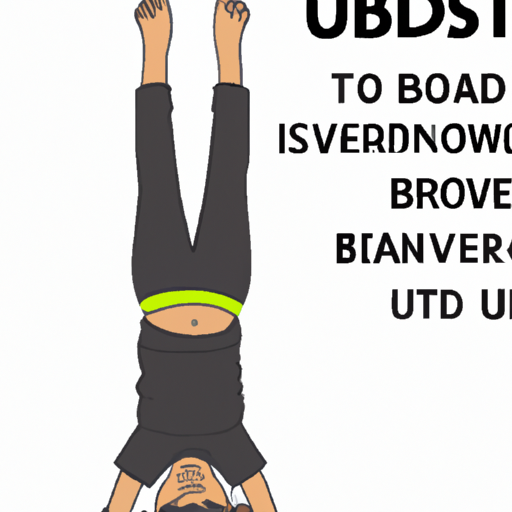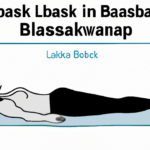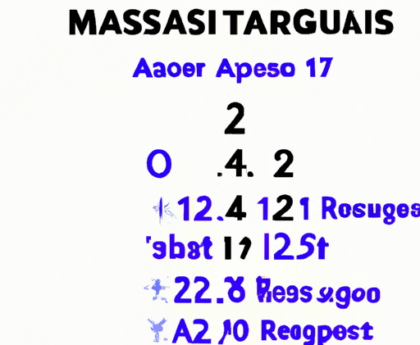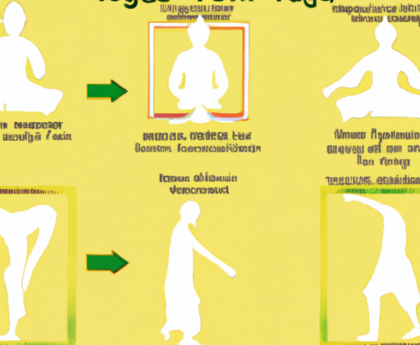“Find Balance in Life with Sirsasana: The Ultimate Head Stand!”
Introduction
Sirsasana, or the head stand, is an advanced yoga pose that requires strength, balance, and focus. It is a powerful pose that can help to improve circulation, strengthen the core, and increase energy levels. It is important to practice this pose with caution and to be mindful of your body’s limitations. This guide will provide step-by-step instructions on how to do Sirsasana safely and effectively.
How to Prepare for Sirsasana: Tips for Beginners
Sirsasana, or the headstand, is an advanced yoga pose that requires strength, balance, and flexibility. It is an excellent pose for improving circulation, strengthening the core, and calming the mind. For beginners, it can be intimidating, but with the right preparation and guidance, it can be a safe and rewarding experience. Here are some tips for preparing for sirsasana:
1. Start with the Basics: Before attempting sirsasana, it is important to have a solid foundation in basic yoga poses. This will help you build the strength and flexibility needed for the headstand. Focus on poses such as downward-facing dog, plank, and cobra, which will help you build the core strength and stability needed for the headstand.
2. Practice with a Wall: When first attempting the headstand, it is important to practice with a wall for support. This will help you get used to the sensation of being upside down and will help you build the confidence needed to attempt the pose without the wall.
3. Use Props: Props such as blocks and blankets can be used to help you find the correct alignment and to make the pose more comfortable.
4. Get Guidance: It is important to get guidance from an experienced teacher when attempting sirsasana. They can help you learn the correct alignment and provide modifications to make the pose more accessible.
By following these tips, you can prepare for sirsasana and make it a safe and rewarding experience. With patience and practice, you can master this challenging pose and reap the many benefits it has to offer.
The Benefits of Practicing Sirsasana
Sirsasana, or the Headstand Pose, is a powerful yoga posture that has many benefits for the body and mind. It is a challenging pose that requires strength, balance, and flexibility, but with practice, it can be mastered. Practicing Sirsasana can bring a variety of physical and mental benefits, making it an important part of any yoga practice.
Physically, Sirsasana can help to improve circulation and digestion, as well as strengthen the core and upper body. It can also help to improve balance and posture, as well as increase flexibility in the spine. Additionally, it can help to reduce stress and fatigue, as well as improve concentration and focus.
Mentally, Sirsasana can help to reduce anxiety and depression, as well as increase mental clarity and focus. It can also help to improve self-confidence and self-esteem, as well as increase feelings of calm and relaxation. Additionally, it can help to reduce stress and improve sleep quality.
Overall, Sirsasana is a powerful yoga posture that can bring a variety of physical and mental benefits. With practice, it can be mastered and can help to improve overall health and wellbeing.
How to Modify Sirsasana for Different Levels of Experience
Sirsasana, or headstand, is an important yoga pose that can be modified to suit different levels of experience. It is important to practice this pose with caution and to be mindful of any physical limitations.
For beginners, it is best to practice Sirsasana against a wall. This will provide support and help to ensure proper alignment. Begin by kneeling on the floor and placing the top of the head on the floor. Place the hands on either side of the head, with the elbows bent and the forearms flat on the floor. Slowly walk the feet up the wall until the hips are in line with the shoulders. Hold the pose for a few breaths before slowly lowering the feet back to the floor.
For those with more experience, Sirsasana can be practiced away from the wall. Begin by kneeling on the floor and placing the top of the head on the floor. Place the hands on either side of the head, with the elbows bent and the forearms flat on the floor. Engage the core and slowly lift the feet off the floor, bringing the hips in line with the shoulders. Hold the pose for a few breaths before slowly lowering the feet back to the floor.
For those with even more experience, Sirsasana can be practiced with the legs in a lotus position. Begin by kneeling on the floor and placing the top of the head on the floor. Place the hands on either side of the head, with the elbows bent and the forearms flat on the floor. Cross the legs into a lotus position and slowly lift the feet off the floor, bringing the hips in line with the shoulders. Hold the pose for a few breaths before slowly lowering the feet back to the floor.
No matter the level of experience, it is important to practice Sirsasana with caution and to be mindful of any physical limitations. With proper practice and patience, this pose can be a beneficial part of any yoga practice.
How to Use Props to Make Sirsasana Easier
Sirsasana, or headstand, is an important yoga pose that can help to improve balance, strengthen the core, and increase energy levels. However, it can be difficult to master, especially for beginners. Fortunately, there are several props that can be used to make the pose easier and more comfortable.
First, a yoga mat can be used to provide cushioning and support for the head and shoulders. It is important to use a mat that is thick enough to provide adequate cushioning, but not so thick that it causes instability.
Second, a yoga block can be used to provide additional support for the head and shoulders. Place the block on the mat and rest the head and shoulders on top of it. This will help to reduce strain on the neck and shoulders.
Third, a yoga strap can be used to help maintain balance. Wrap the strap around the upper arms and hold onto the ends. This will help to keep the arms in the correct position and provide additional stability.
Finally, a wall can be used to provide additional support. Place the mat against the wall and rest the head and shoulders against it. This will help to reduce strain on the neck and shoulders and make it easier to maintain balance.
By using these props, it is possible to make Sirsasana easier and more comfortable. With practice and patience, it is possible to master this important yoga pose.
How to Incorporate Sirsasana into Your Yoga Practice
Sirsasana, or headstand, is an advanced yoga pose that can be incorporated into your practice to help improve balance, strength, and focus. It is important to practice this pose with caution and to be mindful of your body’s limitations.
Before attempting Sirsasana, it is important to warm up your body with some gentle stretching and poses such as Cat-Cow, Downward Dog, and Child’s Pose. This will help to prepare your body for the pose and reduce the risk of injury.
To begin, kneel on the floor and place your forearms on the ground. Interlace your fingers and place the crown of your head on the floor. Make sure your elbows are shoulder-width apart and your forearms are perpendicular to the floor.
Engage your core and slowly lift your knees off the floor. Keep your legs straight and your toes pointed. As you lift your legs, press your forearms into the floor and lift your hips towards the ceiling.
Once your hips are in line with your shoulders, slowly begin to walk your feet towards your head. Keep your legs straight and your toes pointed. When your feet are close to your head, slowly begin to lift your feet off the floor.
Keep your core engaged and your legs straight as you lift your feet off the floor. When your feet are in line with your hips, slowly begin to straighten your legs. Keep your core engaged and your toes pointed.
Hold the pose for as long as you are comfortable. To come out of the pose, slowly begin to bend your knees and lower your feet to the floor.
Sirsasana is an advanced pose that can help to improve balance, strength, and focus. It is important to practice this pose with caution and to be mindful of your body’s limitations. With regular practice, you can incorporate Sirsasana into your yoga practice.
How to Use Sirsasana to Improve Your Balance and Focus
Sirsasana, or the headstand, is an ancient yoga pose that has been used for centuries to improve balance and focus. It is a challenging pose that requires strength, flexibility, and concentration. However, with practice, anyone can learn to master this pose and reap the many benefits it has to offer.
To begin, it is important to find a safe and comfortable place to practice. A yoga mat or a soft surface is ideal. It is also important to warm up the body with some gentle stretches before attempting the headstand.
Once you are ready, begin by kneeling on the floor and interlacing your fingers. Place your elbows on the floor and your forearms in a vertical position. Place the crown of your head on the floor and slowly walk your feet in towards your head. Make sure your hips are directly over your shoulders and your legs are straight.
Now, slowly lift your feet off the floor and press your palms into the floor. Keep your core engaged and your legs straight. If you feel comfortable, you can slowly lift one leg at a time and bring it towards your chest. Hold the pose for as long as you can, focusing on your breath.
When you are ready to come out of the pose, slowly lower your feet to the floor and come back to a kneeling position.
Practicing Sirsasana regularly can help improve your balance and focus. It can also help strengthen your core and upper body, as well as improve your posture. With practice, you will be able to hold the pose for longer periods of time and reap the many benefits it has to offer.
Conclusion
Sirsasana is a challenging but rewarding yoga pose that can help to improve balance, strength, and focus. It is important to practice this pose with caution and to listen to your body. With patience and practice, you can learn to do Sirsasana safely and enjoy the many benefits it has to offer.




